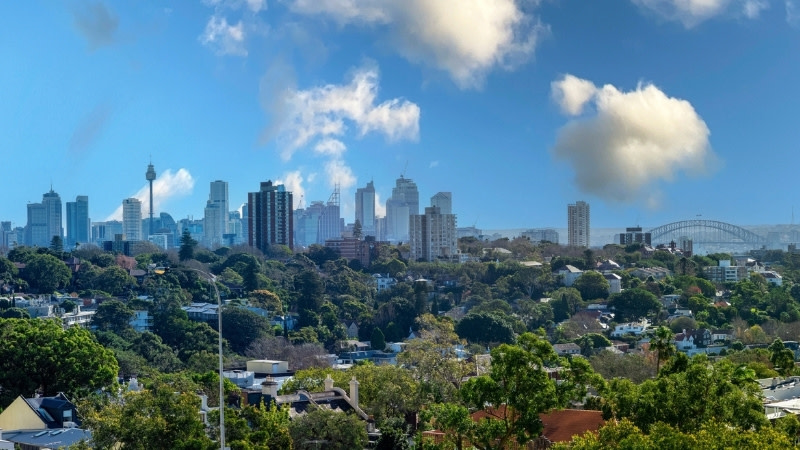Adelaide Bucks Trend as House Prices Soften

Adelaide house price growth has outstripped other state capitals over the past month, quarter and year, according to the latest CoreLogic Home Value Index report
The South Australian capital’s housing values grew by 1.3 per cent in June, 5.1 per cent in the past quarter and 25.7 per cent for the year.
In each case, it was a higher rate of growth in housing values than in the other capital cities. Brisbane was a close second annually with 25.6 per cent growth.
Nationally, while house prices had grown by 11.2 per cent for the year, they fell by 0.6 per cent in June and by 0.2 per cent across the quarter.
Sydney posted the highest rate of decline in housing values with a 1.6 per cent monthly drop and a 2.8 per cent dip for the quarter but a 5.9 per cent rise for the year.
Melbourne had the second-highest June fall in housing values, down 1.1 per cent, and a 1.8 per cent decline for the quarter.
For the year, however, the Victorian capital notched a 3.1 per cent jump.
Brisbane posted a 0.1 monthly gain, a 2.7 per cent rise over the quarter and a 25.6 per cent increase for the year.
Across all the capitals, housing values climbed 8.7 per cent for the year and sagged 0.8 per cent across both June and the June quarter.
Across all regional areas, though, housing posted a consistent increase with a 0.1 per cent increase in June, a 2 per cent quarterly bump and an annual jump of 19.9 per cent.
The index showed that house prices dropped more than unit prices with Sydney’s unit prices dropping by 2.1 per cent in June and Melbourne’s by 0.5 per cent.
Commonwealth Bank economist Gareth Aird said that result was not unexpected.
“This is a reversal of the trend in 2021 when the prices of detached dwellings rose at a faster pace than apartments,” Aird said.
Westpac senior economist Matthew Hassan said there was more to come.
“The correction is likely to continue in coming months with the RBA expected to deliver more 50 bp [basis point] rate hikes in July and August,” Hassan said.

“This is also likely to see the correction broadened beyond the Sydney and Melbourne markets.”
NAB’s group chief economist Alan Oster also pointed to the results of the NAB Quarterly Australian Residential Property Survey, acknowledging that rates were key.
“With the RBA having also raised the cash rate at its last two meetings by a total of 75 bps and warning of more to come, property professionals for the first time identified rising interest rates as the biggest (and a growing) impediment for buyers of existing property across the country,” Oster said.
The survey showed that housing market sentiment and confidence had both fallen, particularly in Sydney and Melbourne.
“Sentiment was lower in most states, with the biggest falls in NSW and Victoria where house prices were under most pressure in [the second quarter of 2022],” Oster said.
“Confidence levels continued to sag, with both the short and longer-term measures falling for the fifth straight quarter and well below survey averages.
“The survey forecast on average now has national house prices falling over the next one to two years, led by sharp falls in Victoria and NSW.”
Aird also said it was important to consider context and that the lack of meaningful wage growth was also key.
“The expected falls in home prices are significant but context is key,” he said.
“Price gains in 2021 nationally were extraordinary.
“Notwithstanding, there are many home owners who have bought recently [and] these buyers will feel the simultaneous negative impact of both rising interest rates and falling home prices.
“Deeply negative real wages growth further exacerbates the downbeat feeling among many households as evidenced in recent consumer confidence surveys.”













